St. Basil's Cathedral in Moscow, Russia, glows brightly in the sunset. (Source: Pexels) |
Moscow - The shining heart of Russia
As the political , economic and cultural center of Russia, Moscow is not only the capital, but also a living symbol of centuries of history. Red Square - the heart of the city - is where the past and present meet, with the colorful St. Basil's Cathedral, the majestic Kremlin and the silent Lenin Mausoleum.
Not only famous for its Red Square and colorful St. Basil's Cathedral that seems to come out of a fairy tale, Moscow also overwhelms visitors with the majestic beauty of its subway system, which is known as the "underground palace".
Afternoons spent strolling along the old Arbat Street, with the golden sunset light falling on the facades of Baroque and Stalinist buildings, feel like living in a movie. When night falls, the capital sparkles with lights from the Moskva River, reflecting the shadows of trees and the domes of ancient churches, creating a romantic, quiet and enchanting space.
Strolling down Tverskaya Avenue, immersing yourself in the bustling sounds, Moscow appears like a living museum in the heart of a modern city. Especially on snowy winter nights, when the yellow lights reflect on the ancient domes, the city becomes romantic and mysterious, as if inviting travelers to step into a page of Tolstoy's novel.
Saint Petersburg – The Jewel of the North
The artistic scene inside the Hermitage Museum. (Source: Pixabay) |
The city built by Peter the Great on the banks of the Neva River, Saint Petersburg is an architectural and artistic masterpiece with wide boulevards, magnificent palaces and a network of interwoven canals.
The Winter Palace, now the Hermitage Museum, is one of the world's largest art treasures, with more than three million artifacts from ancient Egypt to paintings by Da Vinci and Rembrandt. St. Isaac's Cathedral, Catherine Palace, Peter and Paul Fortress... are destinations that allow visitors to get lost in the splendor of Russia's past.
Saint Petersburg is at its most beautiful on White Days – when the sun doesn’t set for days. The city doesn’t sleep, people don’t sleep, and opera, ballet, and symphony performances last until dawn.
Coming to Saint Petersburg, walking on the bridges over the Neva River, watching the light ships gliding on the riverbed or standing quietly in front of the elaborately carved facades of theaters, museums and libraries, one can feel a romantic, intellectual and nostalgic rhythm of life.
Lake Baikal – The Blue Pearl of Siberia
Lake Baikal looks like a fairy tale scene in winter. (Unsplash) |
Lying in the wilds of Siberia, Lake Baikal is the world’s deepest and oldest freshwater lake, with a depth of over 1,600 meters and an age of over 25 million years. The lake’s crystal clear surface allows visibility up to 40 meters in the summer.
In winter, when the lake freezes over, Baikal becomes a surreal picture with ice cracking into unique patterns, creating a mesmerizing scene. Visitors can take a snowmobile ride on the lake, visit the village of Listvyanka, try the fragrant grilled omul or stop at Olkhon Island – considered the spiritual heart of the indigenous Buryat people.
Baikal is not just a destination, but a sacred experience of nature, culture, and a philosophy of living in harmony with the earth and sky.
Kazan – Where Eastern and Western cultures meet
Kul Sharif Mosque with typical Islamic architecture. (Source: Pexels) |
Kazan – the intersection of Europe and Asia, Russian culture and Tatar Islam – is the city with the most multi-layered and profound beauty in Russia. Standing on the banks of the Volga River, Kazan welcomes visitors with the Kazan Kremlin, a UNESCO-recognized architectural complex with white walls, ancient watchtowers and the majestic Annunciation Cathedral, located next to the elegant blue Kul Sharif Mosque. This is where church bells and morning prayers resonate in a harmonious rhythm.
Kazan's charm is also evident in its cobblestoned old streets, colorful markets and rows of Art Nouveau and Oriental-style buildings. In summer, the city shines in the sunshine on the Volga River, while in winter it takes on a somber look with snow covering its domes and squares.
Kazan is not only beautiful for its architecture and landscape, but also famous for its unique Tatar culinary culture such as echpochmak (triangular meat pie), chak-chak (honey pie) and traditional herbal tea...
Sochi – A resort paradise on the Black Sea coast
The port in the bustling city of Sochi. (Source: Expedia) |
Sochi, known as the “summer capital” of Russia, is a wonderful blend of sea and mountains, between the excitement of a modern tourist city and the serenity of pristine nature. The city stretches along the Black Sea coast, with golden sand beaches, blue sea water and straight palm trees, creating a rare scene in a country known for its cold winters.
Sochi’s city center attracts visitors with its port area and art square, where flashy Stalinist architecture is mixed with open-air cafes and modern yachts. Along the coast is a long promenade with colorful flower beds, benches overlooking the ocean and small bridges spanning streams, creating a very gentle romantic scene.
Not far from the center is the Krasnaya Polyana mountain area, the site of the 2014 Winter Olympics. In summer, it is an ideal trekking spot among oak and pine forests with panoramic views of the beautiful valley.
In winter, Krasnaya Polyana transforms into a snow-white paradise with a modern cable car system and international-class ski resorts. The wild natural scenery in Sochi National Park, especially the Agura Waterfall and the humid subtropical forests south of the city, further highlight the diversity of this land on the Black Sea coast.
Vladivostok – Eastern gateway to the land of the White Birch
Vladivostok also possesses the charm of historical architectural works. (Source: expedia) |
Vladivostok is where mainland Russia meets the Pacific Ocean. This port city has a beauty that blends Asia and Europe, both wild and modern, peaceful and vibrant.
From above, Vladivostok stretches across rolling hills, embracing Zolotoy Rog Bay, with its colorful roofs and bustling harbor. The city's most prominent symbol is the Russky Bridge, one of the world's largest cable-stayed bridges, which is stunningly beautiful when lit up at night. From the bridge, visitors can enjoy panoramic views of the bay, where ships are anchored amid sparkling waters and small, rolling peninsulas stretching out into the Pacific Ocean.
Vladivostok also possesses the charm of historical architectural works, such as Vladivostok fortress, Primorsky Opera and Ballet theater. Especially Vladivostok railway station - the terminus of the longest transcontinental railway line in the world. The station has classic Russian architecture, with clock towers, domes and elaborate decorations, is where many tourists start or end their journey to explore Russia.
In the fall, Vladivostok is resplendent in the red and yellow leaves of maple forests, while in the winter, a thin layer of snow covers the sea and harbor, creating a cold but attractive beauty. In the summer months, the city becomes especially bustling with outdoor festivals, street music and SUP activities on the bay - a youthful, fresh and vibrant appearance.
Suzdal – A picture of the Russian countryside
Transfiguration Church and bell tower at Spaso-Evfimiev monastery. (Source: Wikipedia) |
Suzdal is the jewel of Russia's Golden Ring, a small town that retains the ancient beauty of medieval Russia.
Just a few hours drive from Moscow, Suzdal transports visitors away from modern life and into a world of blue onion domes dotted with gold stars, ancient monasteries and green meadows stretching to the horizon. The city has no skyscrapers or modern trams, just cobblestone streets, horse-drawn carriages and the sound of church bells ringing in the quiet air.
One of Suzdal’s highlights is the Spaso-Evfimiev Monastery, with its red-brick citadel and 16th-century church. Along the Kamenka River, traditional wooden houses, ancient wells and hand-woven fences create a picturesque, peaceful setting.
In summer, Suzdal is brilliant with wildflowers and soft yellow sunlight; in winter it seems to come out of a Russian fairy tale with snow-covered domes and warm yellow lights in the frost.
Ekaterinburg: Gateway to Asia and Europe
Ekaterinburg also attracts tourists by the strong development of contemporary art and architecture. (Source: Kongres magazine) |
Ekaterinburg, Russia’s fourth largest city, located at the crossroads of Asia and Europe, is a stunning destination with a combination of glorious past and vibrant modernity. Known as an industrial and cultural center, Ekaterinburg is also home to important historical events, most notably the Church on the Blood (All Saints), built at the last residence of the family of Tsar Nicholas II.
The cathedral, with its striking golden domes, commemorates a tragic part of Russian history. There is also a small exhibition room in the cathedral, which tells the story of “The Last of the Royal Family”.
In addition to its historical significance, Ekaterinburg also attracts visitors with its vibrant contemporary art and architecture. Museums such as the Ekaterinburg Museum of Fine Arts and the Ural Mineral Museum offer an insight into the art and rare minerals of the Ural region.
Wide streets, bustling squares and green parks are where city dwellers relax, while innovative cafes and restaurants offer a taste of modern Russia.
Ekaterinburg is also a gateway to exploring the Ural Mountains, with its stunning natural landscapes, perfect for trekking, mountaineering, and enjoying the unspoiled beauty of this land where two worlds meet.
Kamchatka – The last pristine nature
With its snow-capped volcanoes, Kamchatka is one of the most pristinely beautiful places on the planet. (Source: Lonely Planet) |
Kamchatka is a 1,500 km long peninsula located in the far east of Russia. It is known as the second largest geyser valley in the world, discovered in 1941 by local scientist Tatyana Ustinova. Since then, it has become an attractive tourist destination in Kamchatka.
The Kamchatka Peninsula remains one of the most unspoiled places on the planet. It has more than 300 volcanoes, more than 20 of which are still active. The hot mud valleys, mineral springs, crater lakes and glaciers create a magnificent natural picture.
Kamchatka is a paradise for adventurers: climb the Klyuchevskaya Sopka volcano, take a helicopter tour over the Geyser Valley, or watch brown bears hunt salmon on the shores of Lake Kurile. The harsh climate and rugged terrain have preserved its pristine beauty, as if it were a part of the Earth untouched by human hands.
Coming to Russia, you will have a journey across many time zones, through layers of history, through diverse cultures and great natural landscapes. Each destination is a piece of a giant picture called "Russia", a place that contains both grandeur, mystery and poetry that cannot be found anywhere else.
Source: https://baoquocte.vn/kham-pha-nuoc-nga-qua-9-diem-den-hap-dan-313861.html


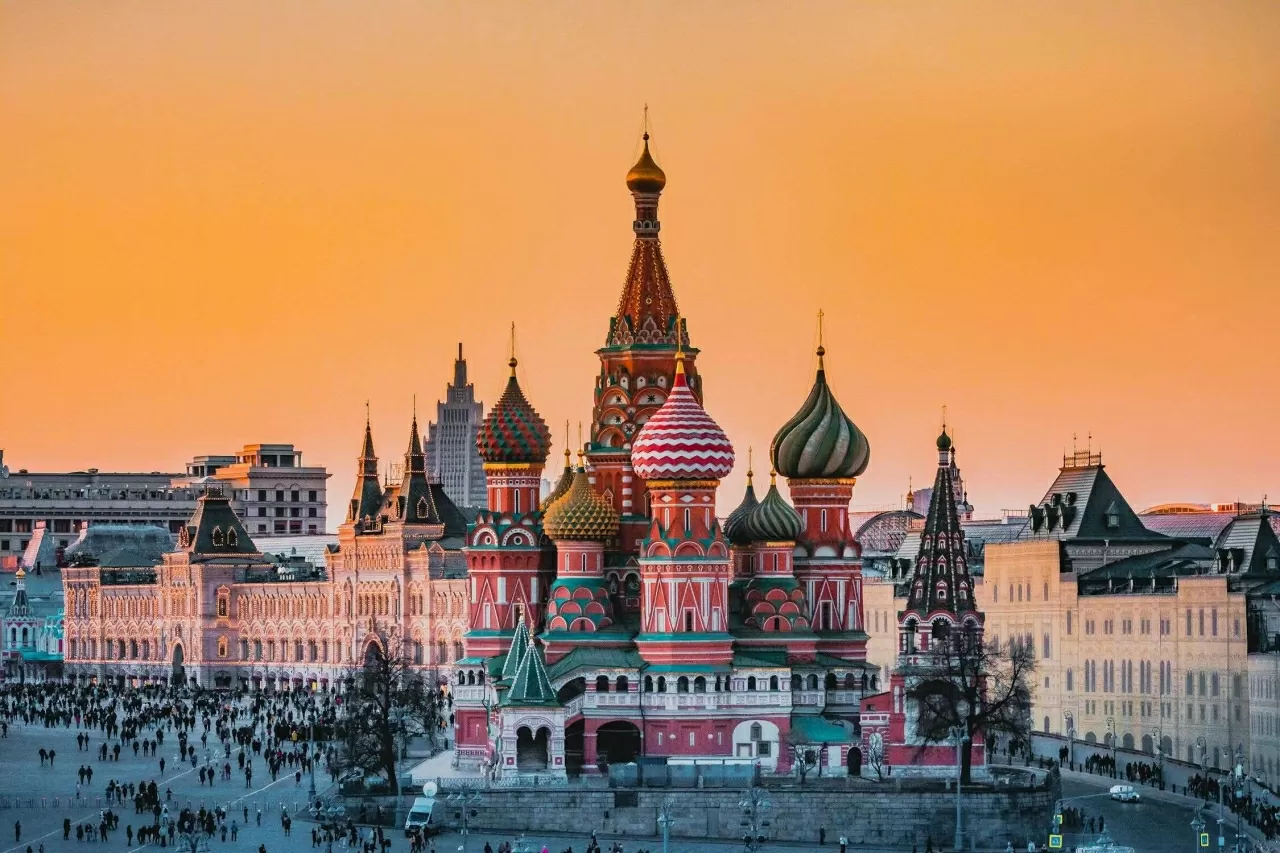

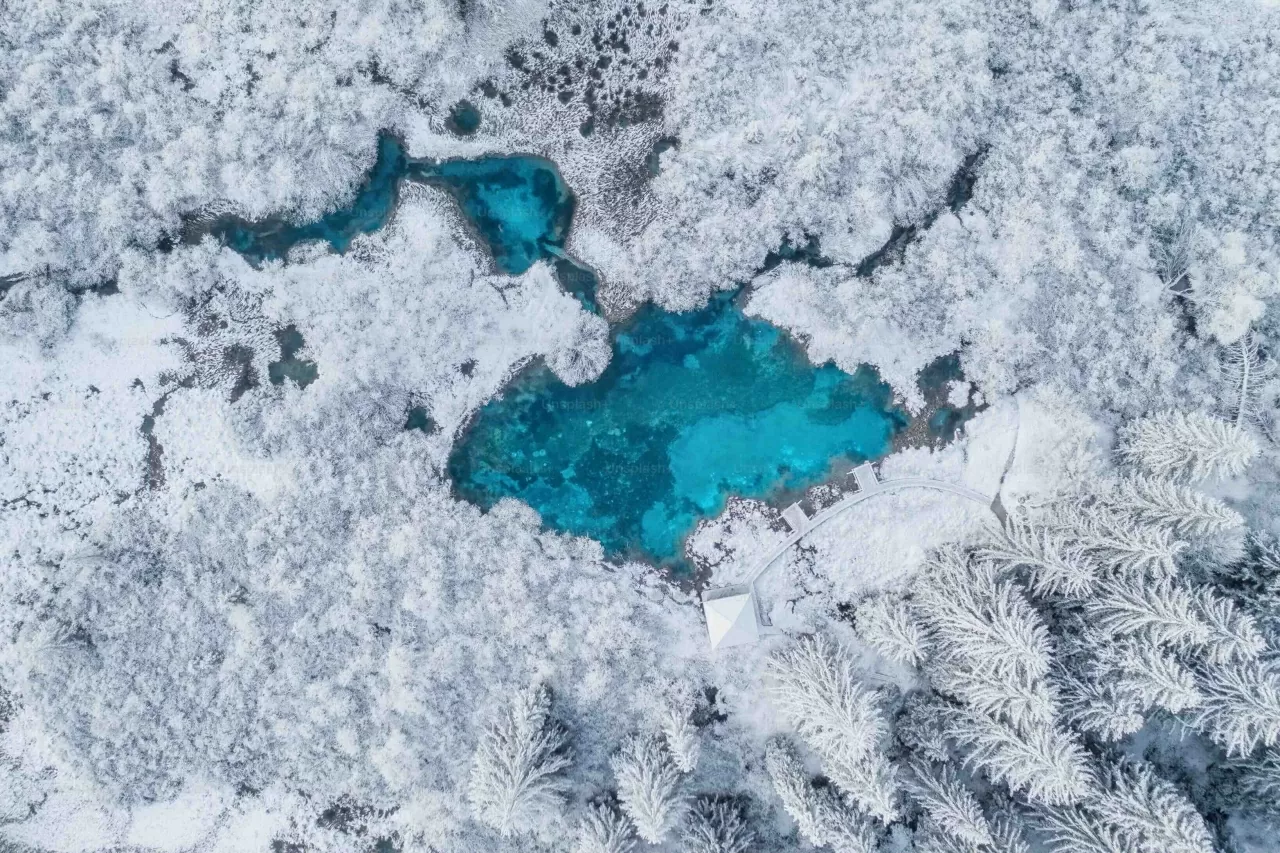
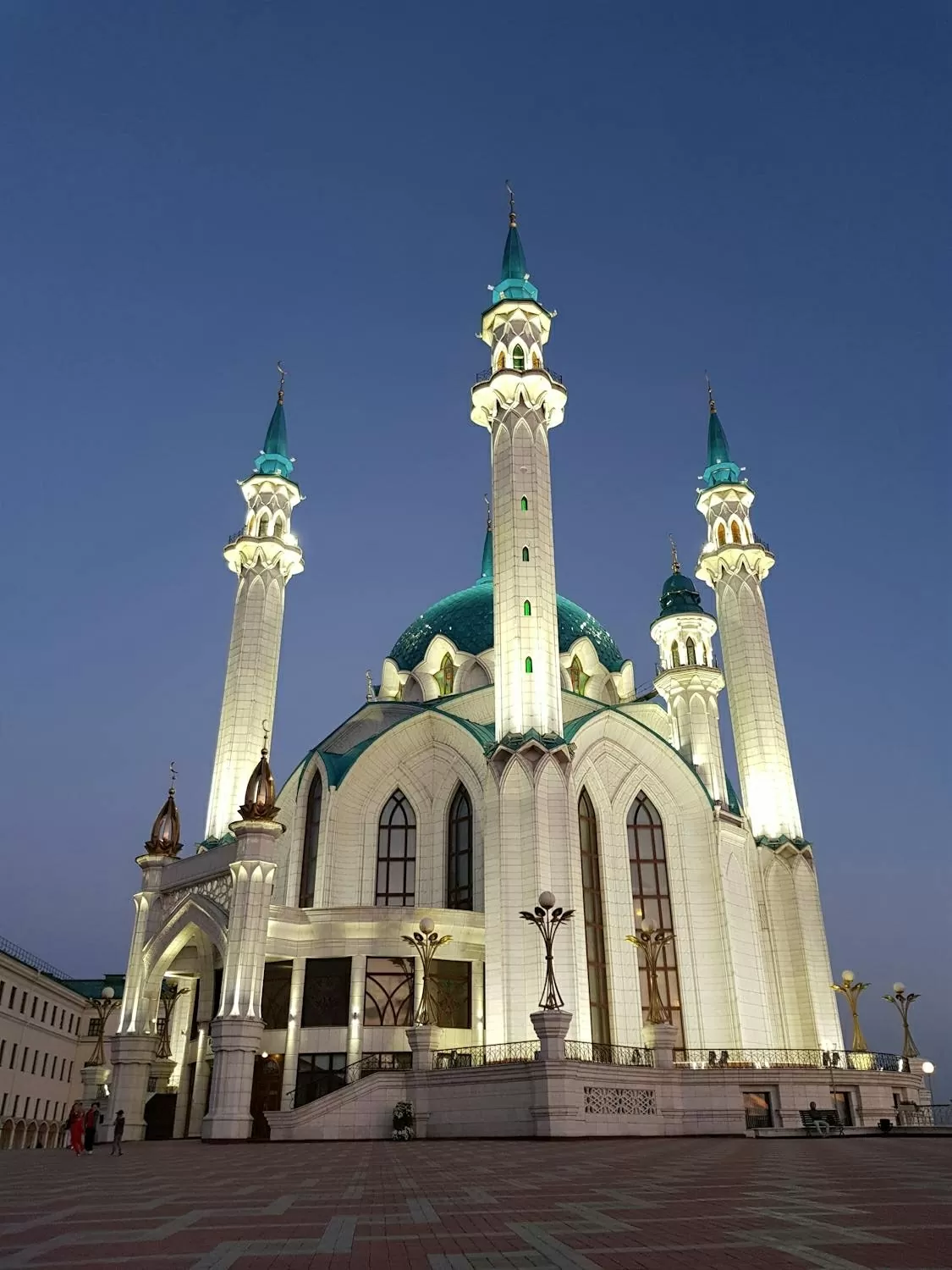
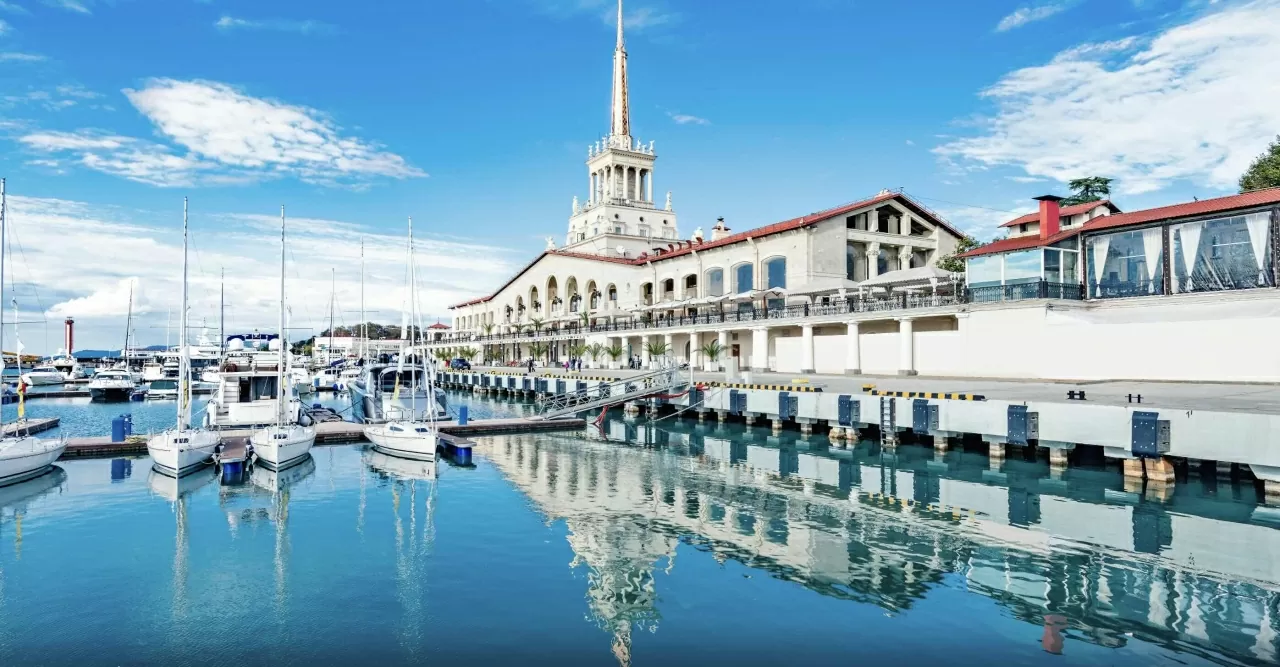
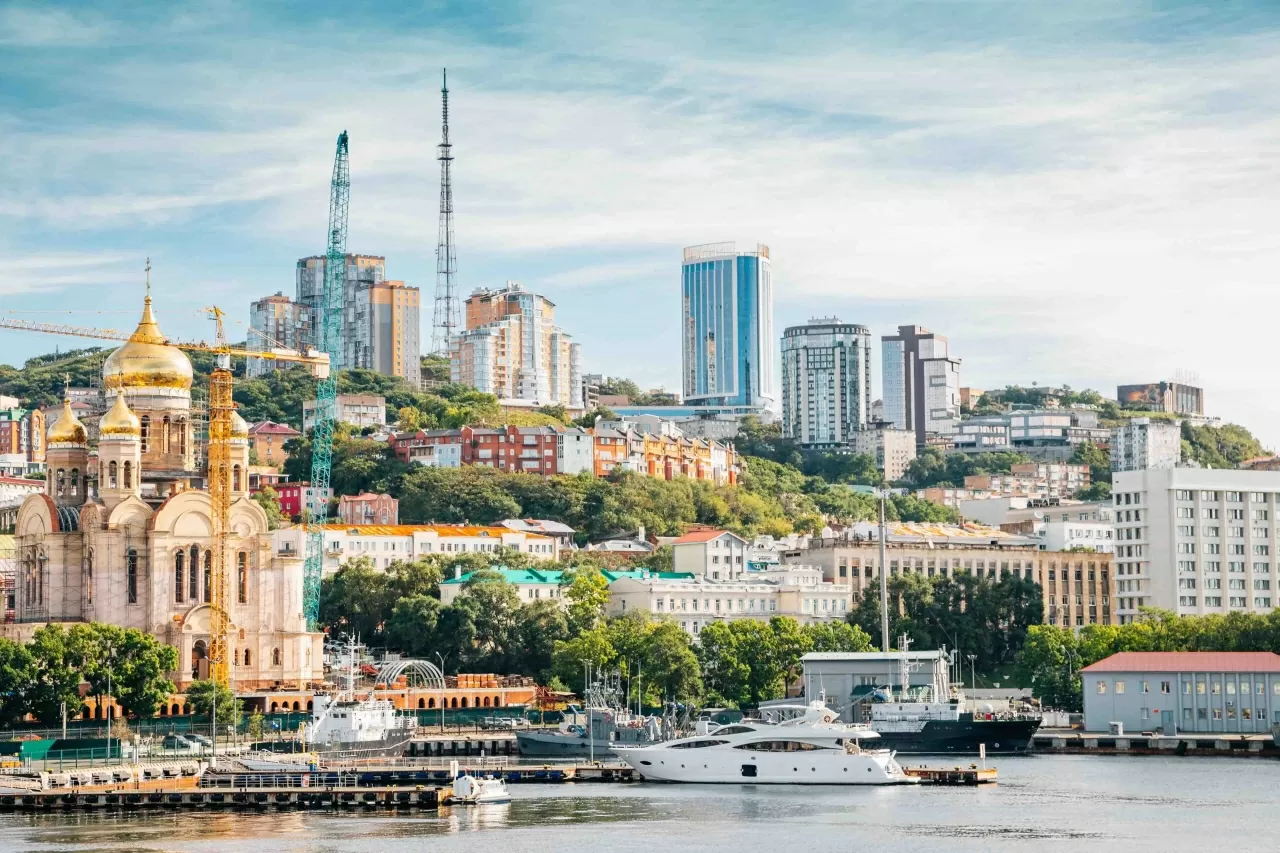
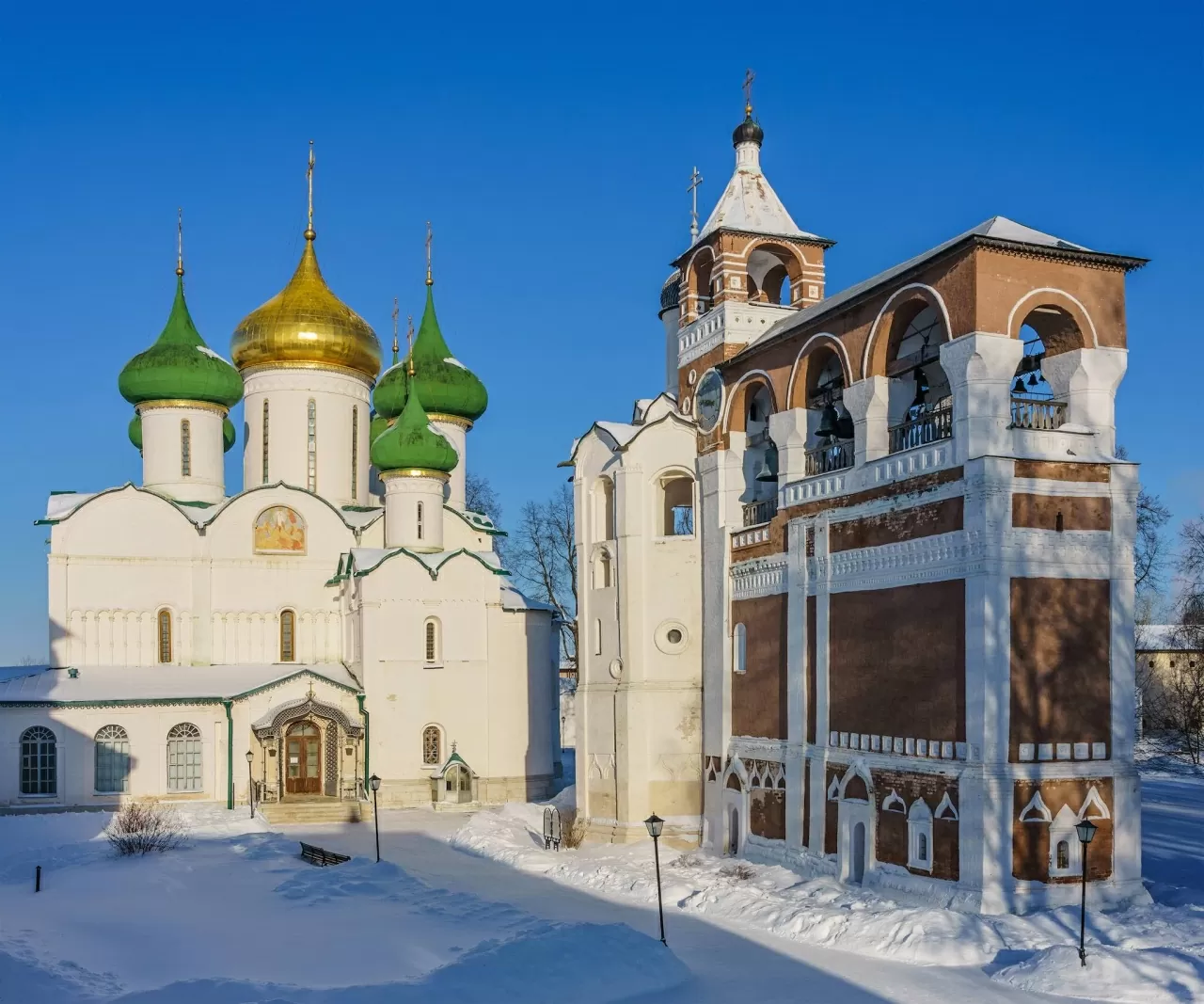
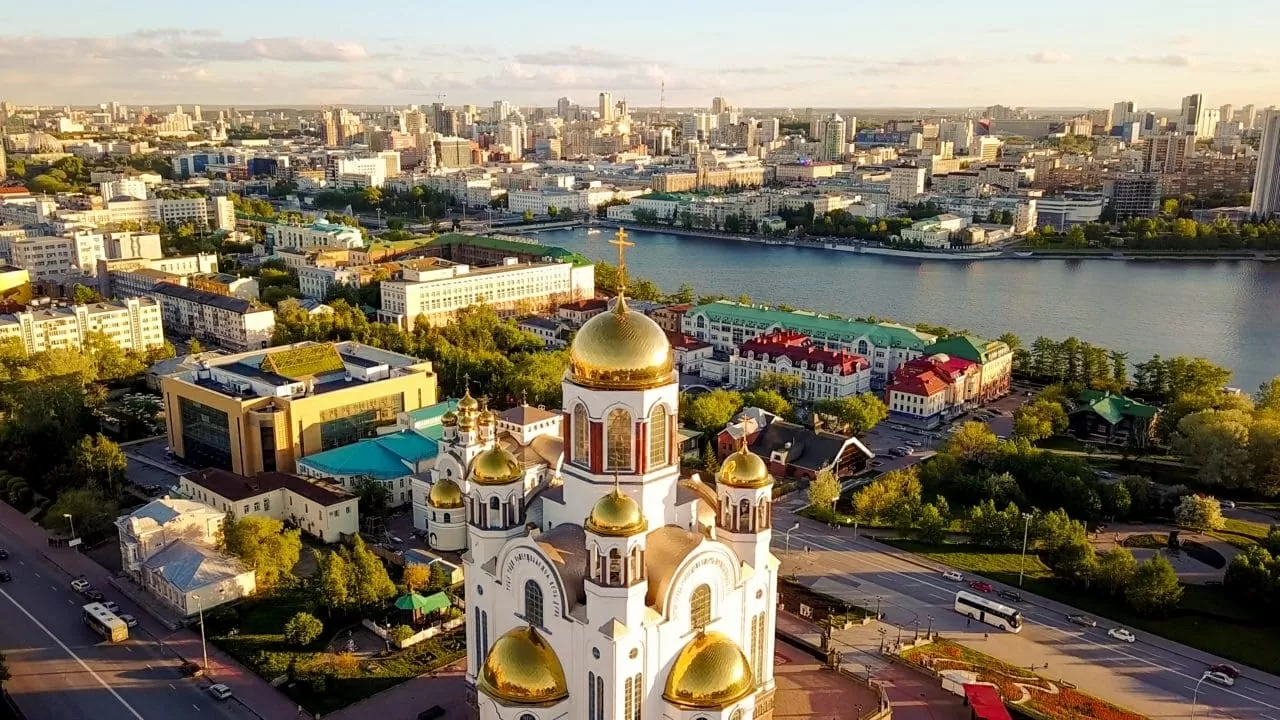
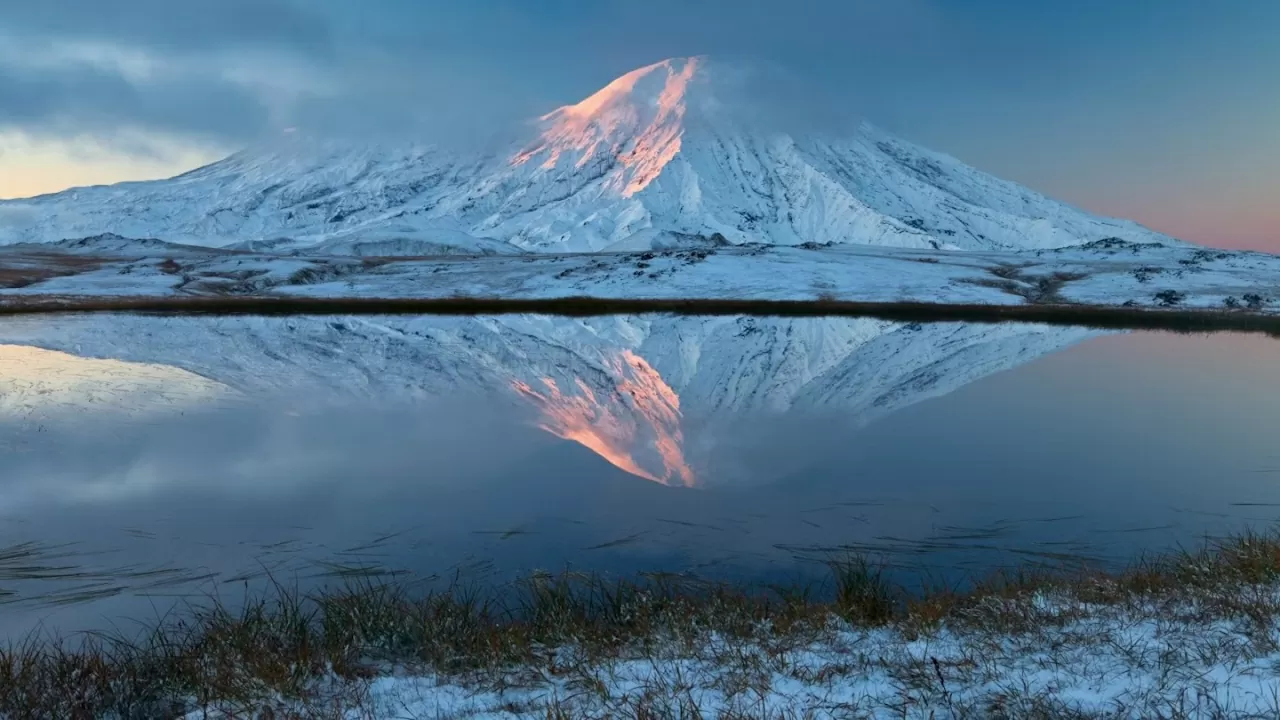
![[Photo] Closing Ceremony of the 10th Session of the 15th National Assembly](/_next/image?url=https%3A%2F%2Fvphoto.vietnam.vn%2Fthumb%2F1200x675%2Fvietnam%2Fresource%2FIMAGE%2F2025%2F12%2F11%2F1765448959967_image-1437-jpg.webp&w=3840&q=75)




![[Photo] Prime Minister Pham Minh Chinh holds a phone call with the CEO of Russia's Rosatom Corporation.](/_next/image?url=https%3A%2F%2Fvphoto.vietnam.vn%2Fthumb%2F1200x675%2Fvietnam%2Fresource%2FIMAGE%2F2025%2F12%2F11%2F1765464552365_dsc-5295-jpg.webp&w=3840&q=75)







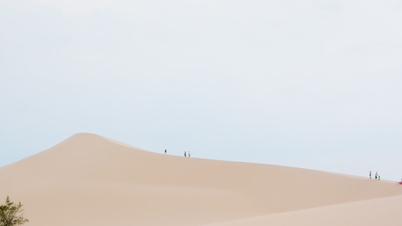
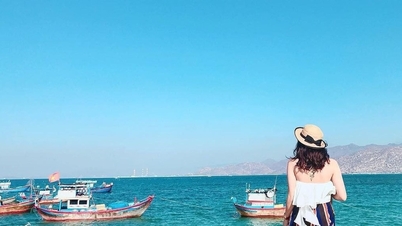
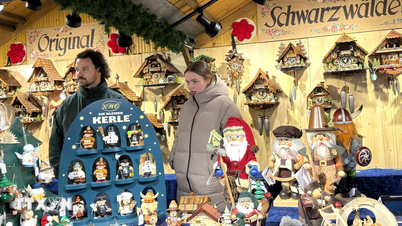
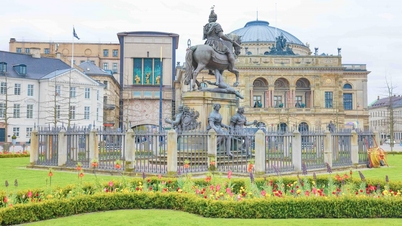

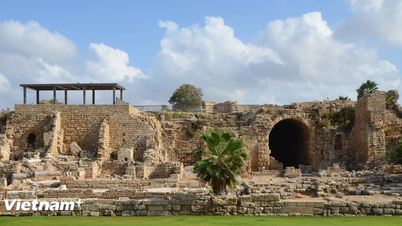



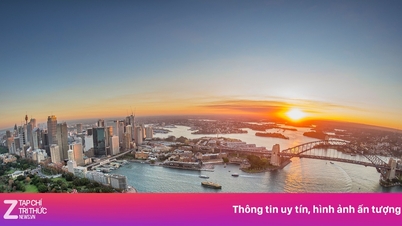











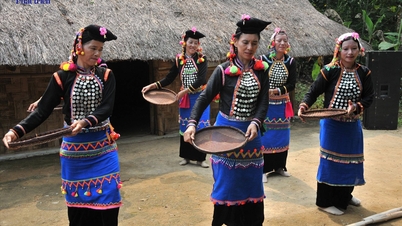
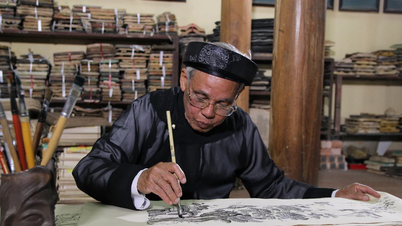

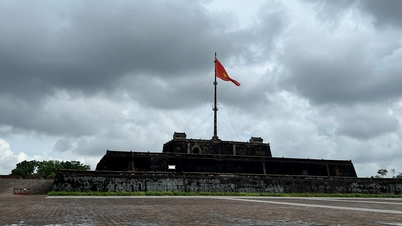

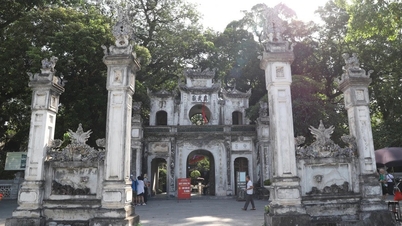



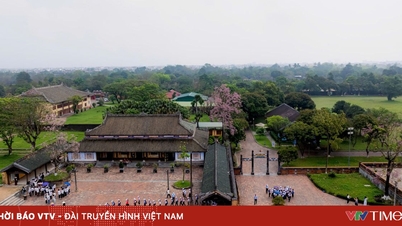






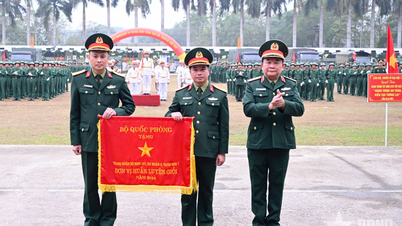
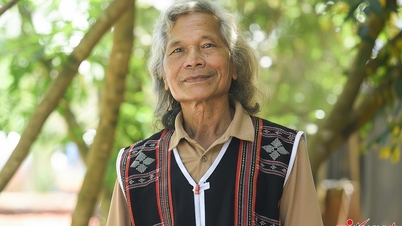



![[OFFICIAL] MISA GROUP ANNOUNCES ITS PIONEERING BRAND POSITIONING IN BUILDING AGENTIC AI FOR BUSINESSES, HOUSEHOLDS, AND THE GOVERNMENT](https://vphoto.vietnam.vn/thumb/402x226/vietnam/resource/IMAGE/2025/12/11/1765444754256_agentic-ai_postfb-scaled.png)


















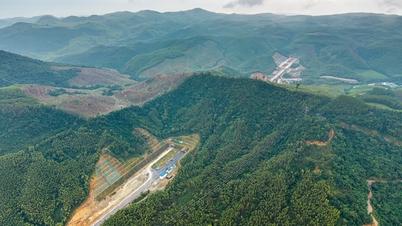














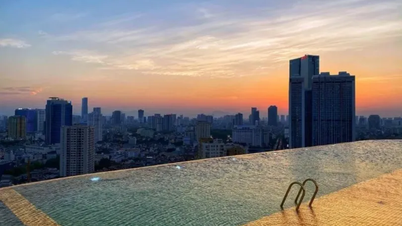

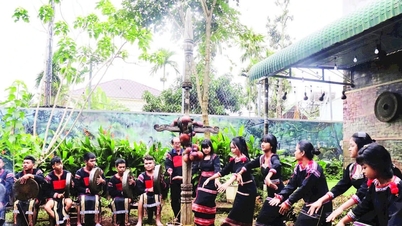
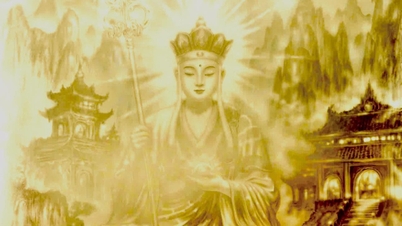











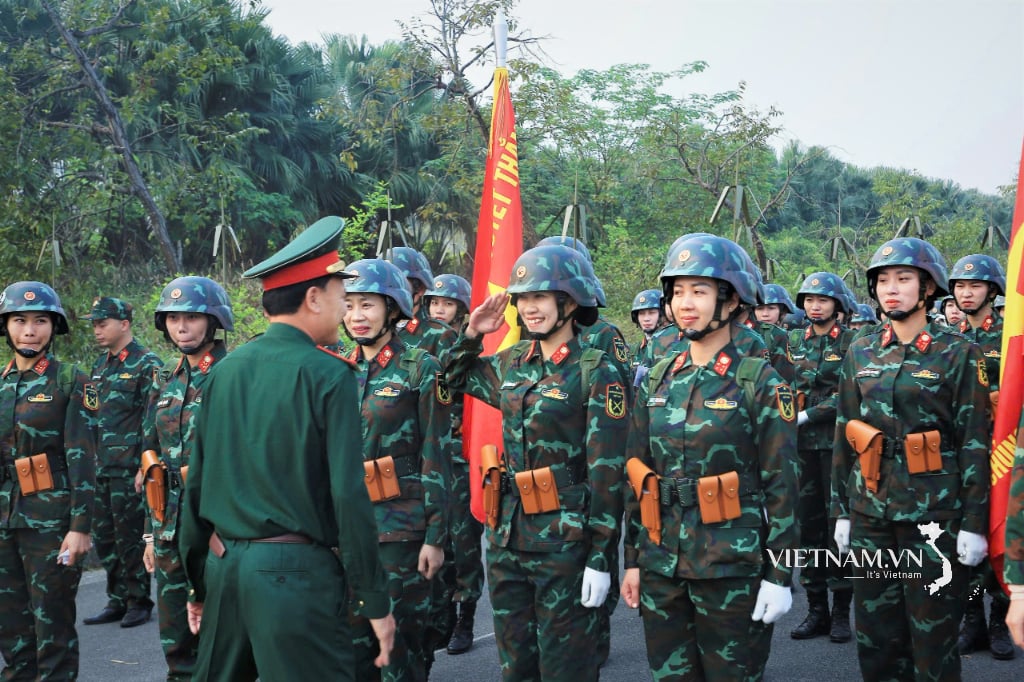



Comment (0)